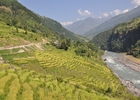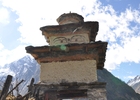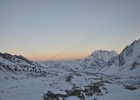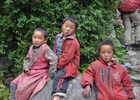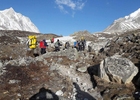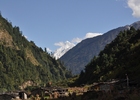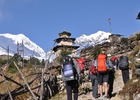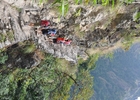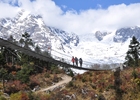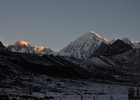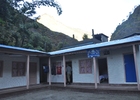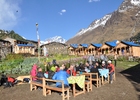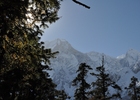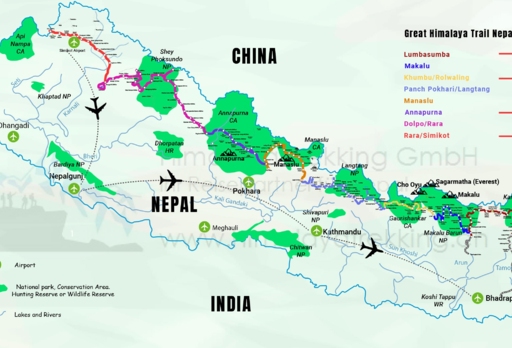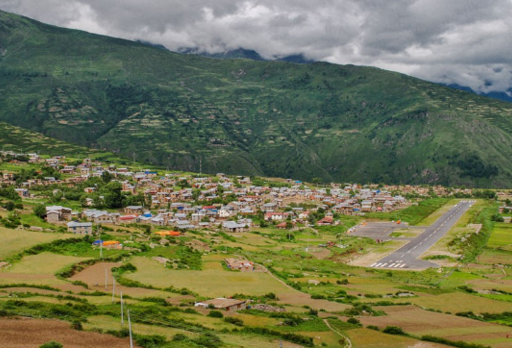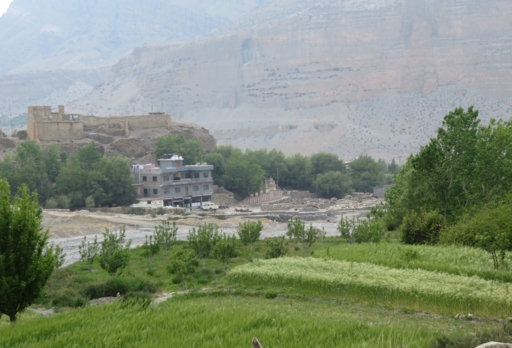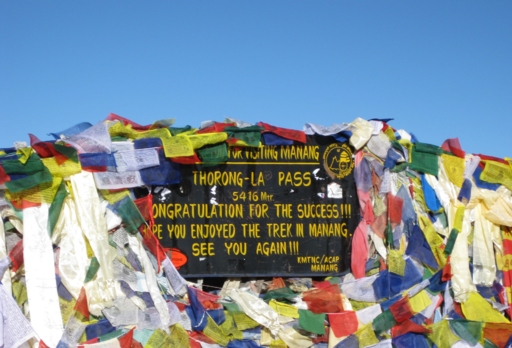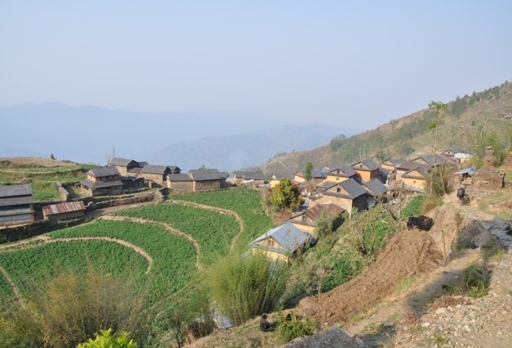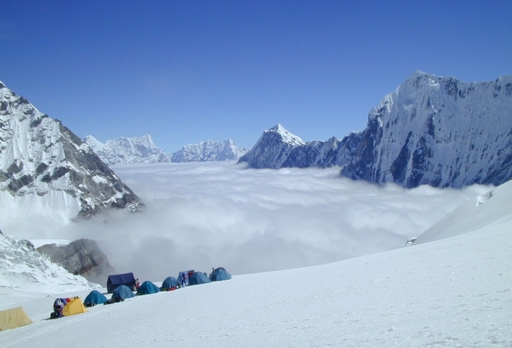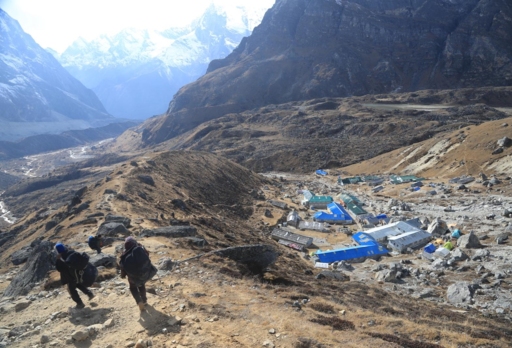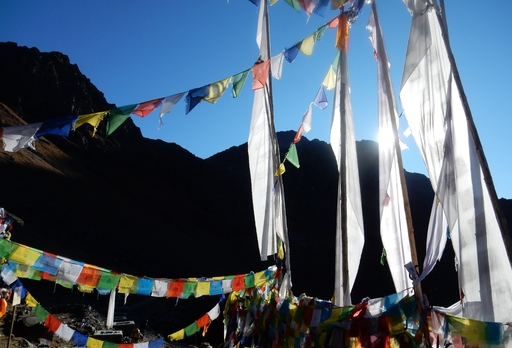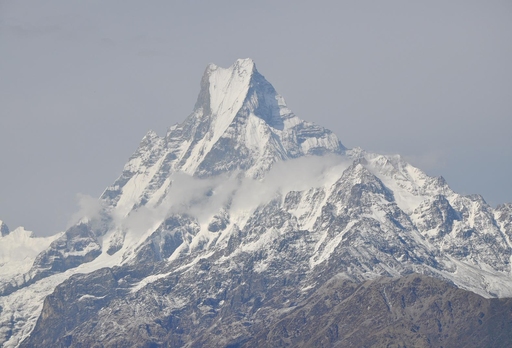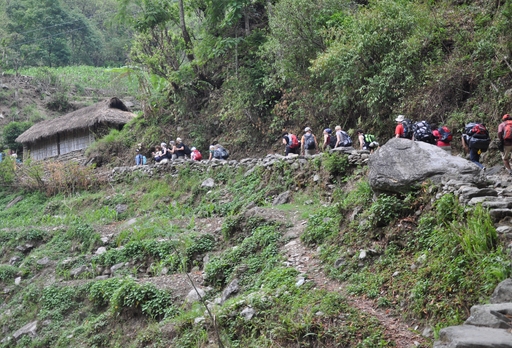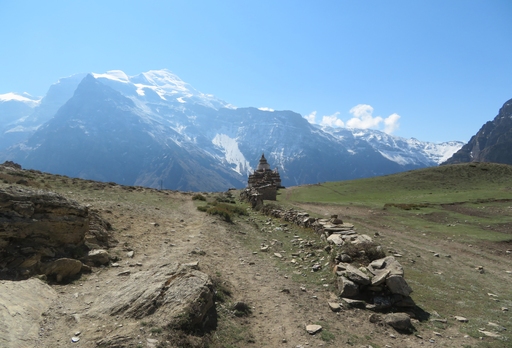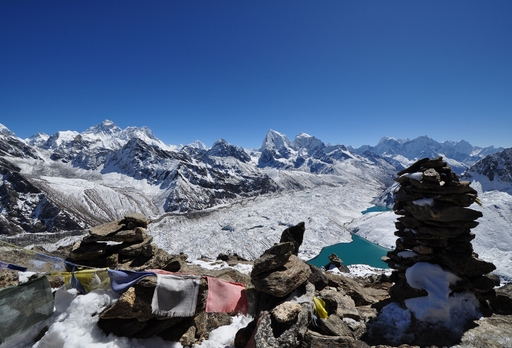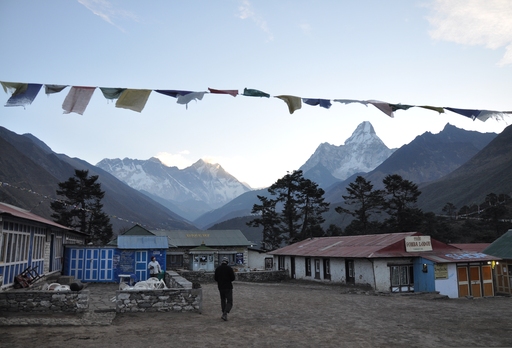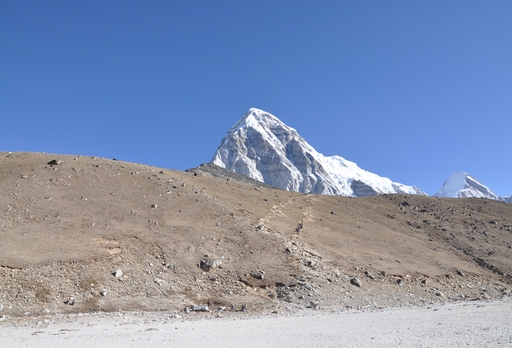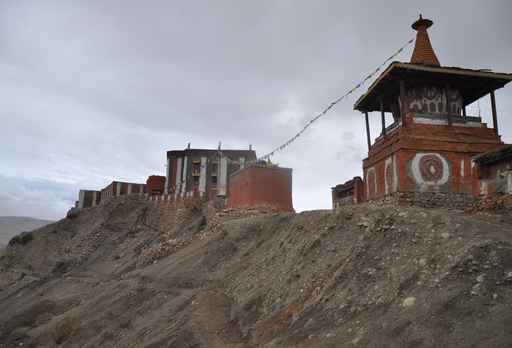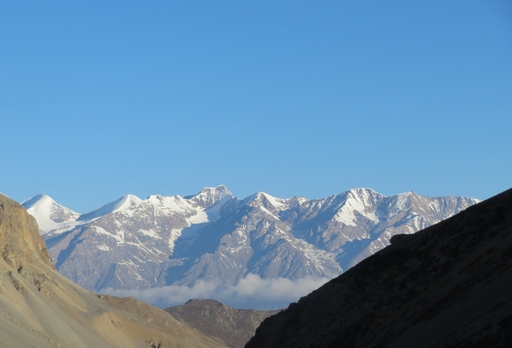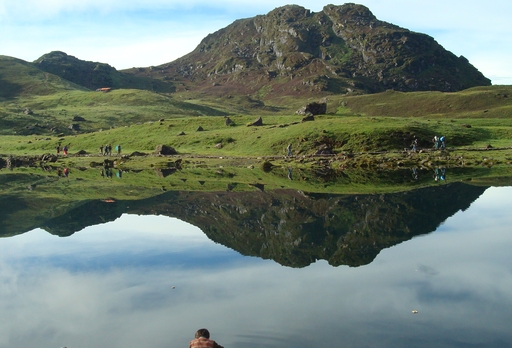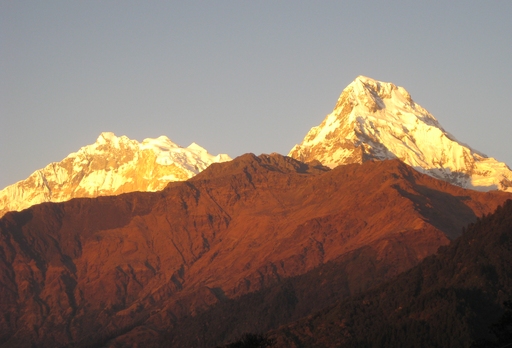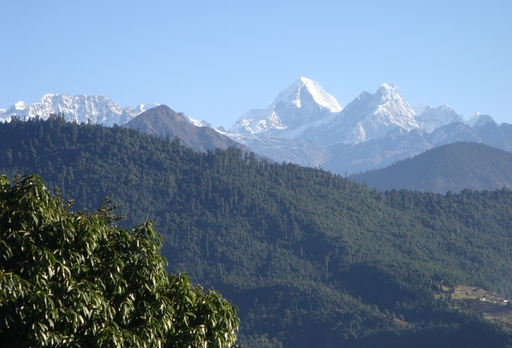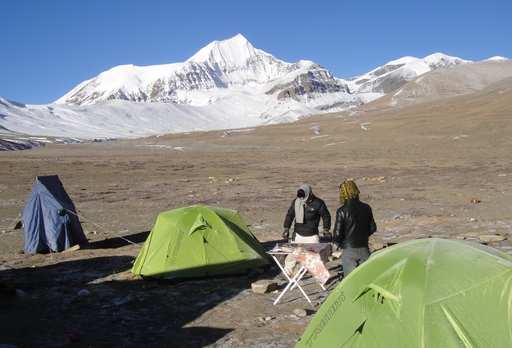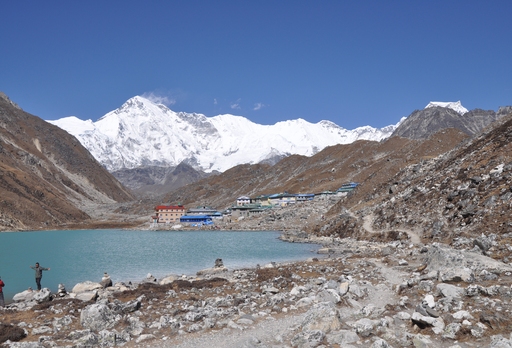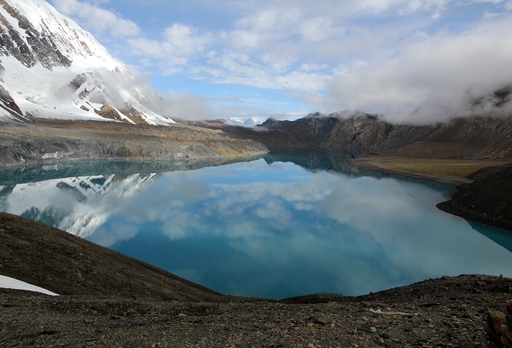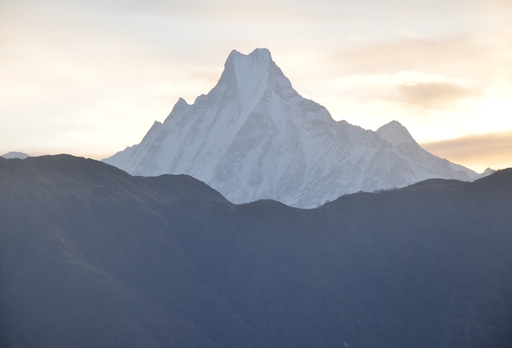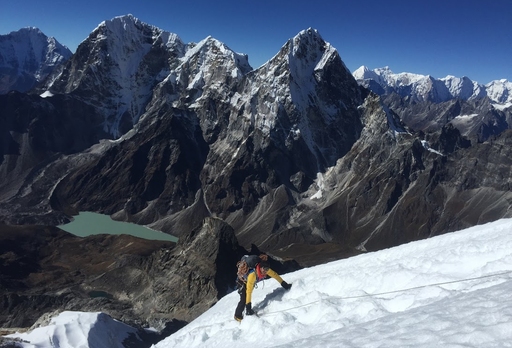Manaslu Trekking
Manaslu Trekking in Nepal is a popular trekking route named after Mount Manaslu, the world's eighth highest mountain. The trekking route winds through the Manaslu Conservation Area, which is home to a diverse range of flora and fauna. The trek begins in the village of Machha Khola and follows the Budhi Gandaki River. It leads through beautiful villages, terraced fields, and dense forests. The path offers breathtaking views of snowcovered mountains, including Manaslu, Ganesh Himal, and the Annapurna Mountain range. The trek is rated as moderate to challenging and requires good physical fitness. Typically, it takes about 14 - 16 days to complete the trek, depending on the chosen route. Along the way, trekkers stay in teahouses that offer basic accommodation and meals. Manaslu Trekking provides a unique cultural experience as one walks through traditional Tibetan villages and engages with the local people. Compared to the popular Annapurna and Everest regions, Manaslu Trekking is less crowded, making it a good choice for those seeking a quieter and more secluded trekking experience. Overall, Manaslu Trekking is a challenging but rewarding adventure that allows one to explore the natural beauty and cultural diversity of Nepal.
1. Day - Arrival Kathmandu
Transfer to the hotel and time at your own disposal.2. Day - Sightseeing Kathmandu
After breakfast you will be picked up for the sightseeing tour. Durbar Square is one of the oldest districts with traditional architecture.Buidlings there are from the 16th century and are renovated in the meantime. After lunch you are going to drive to Swyambhunath. This attraction lies on a hill in the middle of Kathmandu valley. From there you can oversee the whole valley. On the hill is a temple, a stupa and a monastery, which have a very important meaning for both religions (Hinduism and Buddhism). The temple is also called “monkey temple”, since there are many macaques monkeys all around the hill. These are not afraid of people and come really close, some even steal cameras! This means: Hang on to your belongings.3. Day - Kathmandu – Machha Khola (930 MASL)
Today you are going to drive to Machha Khola. This is the most important trade center of the region. It is divided, geographically and politically, by the river Buri Gandaki. On your way you will already have the chance to see the Manasalu.4. Day - Machha Khola – Jagat (1410 MASL)
Still at the left side of the river you are going to hike up to Tatopani. You will be able to bath in the hot spring depending on the weather. Afterwards the hike continues over a crest and a swing bridge to the eastside of the river to Jagat.5. Day - Jagat – Pewa (1860 MASL)
You are going to hike through different villages, in which the Tibetan influence is noticeable, to Ghatta. There you will have two different possibilities to continue your trek. The first is to hike at the left side of the river Sersang (old route). The other possibility is the new route which goes via a swing bridge to Philim. In Philim branches a way to the Ganesh Himal base camp. The Manasalu Trail continues shortly after the last houses to the north.6. Day - Pewa – Ghap (2160 MASL)
Today you will notice the Buddhist influences on your hike. You will pass many Mani stones (Buddhist praying stones).7. Day - Ghap – Lho Gaon (3180 MASL)
Today you will overcome a big difference in height. The path leads you through small villages and rhododendron forest, where you will see with some luck langures (monkeys). As well Yak caravans will cross your way to Lho Gaon.8.Day - Lho Gaon – Sama Gaon (3530 MASL)
After a short stage to Sama Gaon you will have the possibility to make a short excursion.9. Day - Akklimatisationstag
You guide will give you a suggestion for a trip in the surrounding.10. Day - Sama Gaon – Samado (3860 MASL)
Since you are already in relatively great heights and you have to be good acclimated today’s hike is going to be a short one.11. Day - Samado – Dharamsala (4460 MASL)
Today the path goes 800 m up and you will be able to enjoy the view on the Himalaya. From the distance you will already see a house on the hill. This is a rest house for locals and carriers. Your camp will be there as well.12. Day - Dharamsala – Bhimtang(3600 MASL)
Today the hike starts early in the morning. The hike starts moderately up and the last 400 m before you reach the pass will be steep. Therefor you will rewarded with a view over the Himlung Himal (7126 MASL), the Kang Guru (6981 MASL) and the Annapurna II (7931 MASL). After a short break the hike continues downwards to today’s camp in Bhimtang.13. Day - Bhimtang – Goa(2510 MASL)
The rout goes down the valley to Goa.14. Day - Goa – Tal (1700 MASL)
Today you will continue hiking down the valley to Dharapani. The path leads here to the Marsyangdi valley. The path upwards leads to the Annapurna Trek, but you will be continuing to hike downwards to Tal15. Day - Tal – Kathmandu
Today you and your Team Drive back to Kathmandu by Jeep.16. Day - in Kathmandu
17. Tag - Depature Kathmandu
- Flexible daily routine
The daily routines described must be considered somewhat flexible, as they are adapted to local conditions (weather, new paths, etc.) as well as to your constitution. Your guide will plan and discuss the next day with you in the evening.
Nature Trails / JeepsOn the whole trek, a natural road has been built. However, you rarely encounter vehicles. This is actually an advantage for us, as you can compensate for possible flight delays with a jeep and still achieve the goal.
Include
- 2 nights Hotel in Kathmandu with breakfast
- Pick up and Drop service
- Kathmandu sightseeing
- All Transportation connecting to Trekking
- Meals and Accommodations during the Trek
- Trekking Guide (Kamal Bhatta for Part of GHT 2026)
- Porters
- Trekking permit.
- Satellite Telephone
- Trekking insurance for trekking Crew
- Trekking bag of Himalaya Trekking
Exclude
- International Flight to Kathmandu and back
- Tips
- Meals in Kathmandu
- Aditional Accommodations in Kathmandu
- All drinks
Requirements
You will find the level of difficulty and the type of accommodation of each journey in the program.
Equipment
You are going to get an equipment list as recommendation together with your travel documents. The equipment for a tent trekking (tent, mattresses etc.) will be organized locally.
Luggage
You are allowed to check in 20 kg as well as you can take 5 kg of hand luggage with you. If you would like to travel with a trolley case, we kindly ask you to take an additional big backpack with you. Luggage which you do not need while trekking can be deposit for free in Kathmandu.
Entry
For the entry to Nepal you need a passport which is valid further than 6 month after your departure date. You will receive your visa upon your arrival at the airport in Kathmandu. You will be told about the visa expenses while booking, since the fee changes from time to time.
Health
Himalaya Trekking suggests seeing your doctor or a tropical doctor as early as possible so you will be informed about current provisions regarding injections. Pharmacy or a doctor will help you regarding your personal trip first aid travel kit.
Group size
Himalaya Trekking guarantees for every tour. We do not have any minimum size for a group, but we do have a maximum of 12 persons per tour.
Tour program
The daily program should be seen as very flexible since we have to consider the local circumstances as well as your physical condition. Your guide will plan with you every evening the next day.
Travel documents
You are going to receive the detailed travel documents with general information as well as your flight tickets 2 to 3 weeks before departure.
Tipping
The tip for the local guides and carrier are not included in the travel costs. It is common to tip them for a good performance.
Accommodation and meals
The overnight stays in Kathmandu and Pokhara will be in a middle class hotel. The restaurants can be chosen individually, as lunch and dinner are not included in the travel costs.
During a lodge trekking the hike will be trough village to village. You will stay overnight in a basic hostel and you are going to have your meals there or in a restaurant on the way. During the camp trekking you are going to stay in one man or two-person tents and all the meals will be provided by private cook.
Insurance
Himalaya Trekking recommends having travel insurance as well as a cancellation protection. We also recommend having a copy of your police with you.
Climate
The weather in Nepal is nice. The summer is together with the monsoon season from June to October, the rest of the year is dry. There is mild climate in the Kathmandu valley, during the summer time around 20-30°C and in the winter time around 0-15°C.
Please consider the climate for your travelling plans, since the county covers a height form 75 MASL to 8848 MASL. Therefor the climate changes and if you are in the wrong place to the wrong time you will probably not see the Himalaya. However there still is a suited journey for every time period!
Kontinent : AsienLandesgrenze : Im Norden: Himalaya (Tibet /China), Im Süden, Osten und Westen: Indien Lage : 26°20'- 20°26' Längengrad
80°03'- 88°26' BreitengradEinwohner : ca.29 Millionen Hauptstadt : Kathmandu (1350 M. ü. M) ca. 4 Millionen Einwohner Höchster Punkt : 8848 M. ü. M. (Mount Everest) Tiefster Punkt : 75 M. ü. M. (Terai) Baumgrenze : ca. 4500 M. ü. M. Schneegrenze : ca. 2500 M. ü. M. im Winter Himalaya (Berge) : 15% des Landes über 3000 M. ü. M. Hügelland : 68% des Landes 500 M. ü. M. - 3000 M. ü. M. Terai(Flachland) : 17% des Landes unter 500 M. ü. M. Tiere : Tiger, Nashorn, Elefant, Panda, Schneeleopard, Kuh, Yak, Wasserbüffel, 800 verschiedene Vogelarten, je nach Höhe Religionen
: Hindu 85%
Buddhisten 10%
Moslem 3%
Sonstige 2%Kasten : Brahmanen
Tschetri
Baishja
Sudra (Unberührbare)
61 verschiedene VolksgruppenSprache : Nationalsprache ist Nepali
Über 70 weitere lokale Dialekte und Sprachen
Englisch ist obligatorisch in der SchuleAnbau : Reis , Hirse, Buchweizen, Weizen, Kartoffeln,
Bananen, Mango, Ananas, Äpfel und viele andere Früchte und Gemüse je nach Temperatur und HöheTextil : Pashmina und Wollproduktion aus Yak Wolle Haupteinkommen : Agrar-Wirtschaft, Tourismus und Auslandarbeit. 
- Individual date request
Departure Date Vacant Places Days Price per Person 26 September 2025 10 21 CHF 3'850.00 Inquiry 11 October 2025 8 17 CHF 3'200.00 Inquiry 07 April 2026 11 14 CHF 3'200.00 Inquiry

